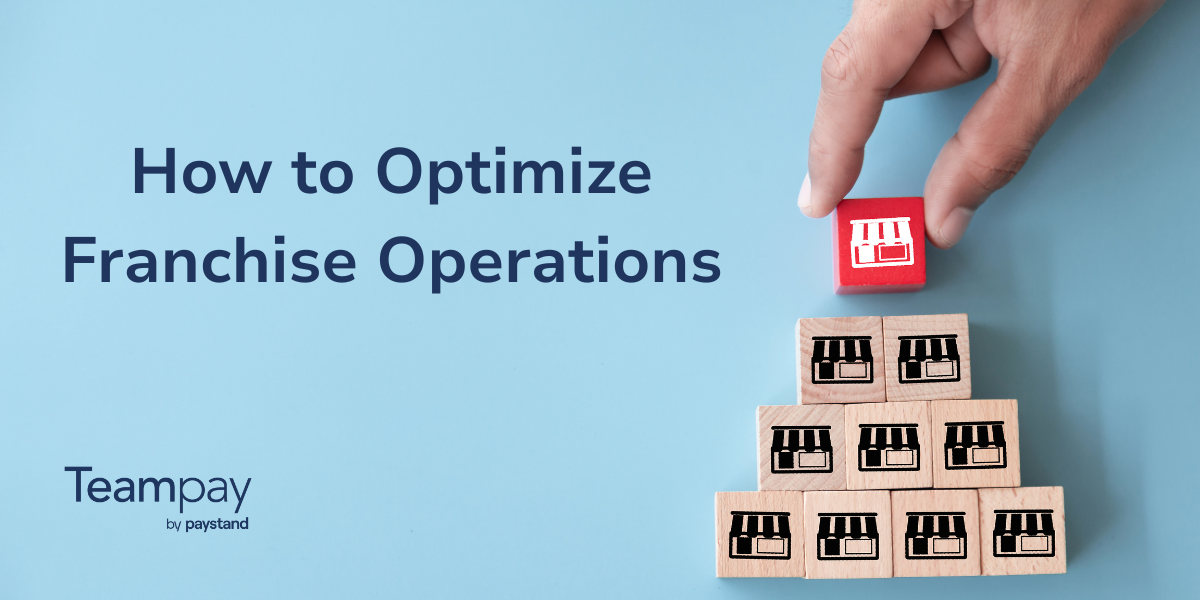In today’s End User Era, employees are taking business purchasing decisions into their own hands. Rather than going through a central purchasing department, employees themselves are deciding what to buy.
In this environment, it’s all too easy for businesses to push the responsibility of purchasing onto employees. Traditional expense processes rely on employees to make the right buying decisions and risk not receiving a reimbursement if they make the wrong choice.Employee-centric finance takes a different approach. By empowering employees to spend with confidence, finance teams allow them to take ownership over their role within the company. And by empowering employees to succeed, finance helps the business to succeed as well.
Finance is more deeply ingrained in employees’ day-to-day workflows than ever before, and finance teams are uniquely positioned to make a positive impact on the rest of the company every day.
The challenges of traditional purchasing processes
The new era of employee-driven purchasing presents an exciting opportunity for businesses to unlock new levels of agility and creativity on their teams. But the new model of distributed, bottom-up spending is not without its complications.
Many of these challenges are on the finance team’s side. It’s difficult to effectively track spending when it’s happening all over the company, often out of the finance team’s view; and dozens or even hundreds of employees making purchases across the company can result in a lot of manual work chasing down receipts and getting a clear understanding of spending that has gone on across the company.But finance professionals aren’t the only ones who feel the growing pains of the End User Era. Employees are spending hours per month filling out expense reports in addition to the tasks that are part of their job description. In one particularly striking survey, 53% of employees said that their company’s expense reporting process was worse than doing taxes.
The traditional expense reimbursement model places a financial burden on employees who can’t afford to front personal money for business purchases. When they are given smart, policy-driven access to company money, employees freely invest where they need to, which increases productivity for the business. Furthermore, not having to wait days or weeks to get reimbursed for business expenses reduces psychological stress.
A McKinsey article sums it up perfectly: “When given clear responsibility and authority, people will be highly engaged, will take care of each other, will figure out ingenious solutions, and will deliver exceptional results.”Employee-centric finance is a clear win-win-win for employees, finance teams that support them, and for the business as a whole. So what can finance teams do to ensure employee-friendly purchasing processes are optimized to empower employees to do their job to the best of their ability?
5 Steps to Employee-Centric Finance
Organizational researchers have spent years studying the causes of employee turnover, and identifying steps that businesses can take to ensure their employees feel supported and engaged at work. McKinsey, in particular, outlines five steps businesses can take to boost internal customer satisfaction — each with direct applications for finance teams and how they design their processes:
- Courteous, helpful, and available staff
- Clear and available information
- Minimal effort to complete task
- Minimal delivery time
- A seamless experience

Courteous, helpful, and available staff.
To address the first of McKinsey’s recommendations, finance teams can help the rest of their team by helping themselves. As mentioned above, finance teams today lose hours every week to manual data entry, hunting for receipts, and chasing down purchase information. By embracing software that automates routine processes like receipt submission, data coding and uploading, and purchase workflows, finance teams can free up more time to act as strategic thinkers and valuable partners to the rest of the organization.
Clear and available information.
A consistent source of frustration for employees when it comes to dealing with finance is that information is difficult to find—or not available at all. Is that purchase in policy? What’s my budget for this? Embedding the purchasing policy into the software itself eliminates the need for employees to waste valuable time second-guessing their decisions. Instead, they can spend with confidence and move on with doing their job.
Minimal effort to complete a task.
Reducing friction to a process, like signing up for a product or completing a transaction, increases the chances of a user actually completing that task. By embracing solutions that remove friction and roadblocks, finance teams can significantly reduce the lift required to buy.
Minimal delivery time.
The longer employees have to wait to get a purchase approved or an expense reimbursed, the greater their frustration. With real-time approvals, employees can get the funds they need to complete purchases immediately instead of hours or days later. And with real-time visibility into spend happening across the company, finance teams can be more proactive and resolve issues as they emerge.
A seamless experience.
At the end of the day, a positive internal customer experience means employees’ needs are taken care of immediately, with as little disruption to the rest of their day as possible. By integrating disparate systems and unifying workflows, finance teams can enable a seamless purchasing process, so employees can focus on doing what matters most: their jobs.
Fuel agility with employee-centric purchasing
There are a lot of reasons to be excited about the End User Era, and the way that employees are empowered to make the buying decisions that affect their jobs every day. But maybe the most exciting part is that it creates a unique opportunity for finance teams to make an impact that extends to every part of the company. By embracing an employee-centric approach to finance that makes employee spending simple, fast, and seamless every time, finance teams can fuel new levels of efficiency and growth across the entire company.












